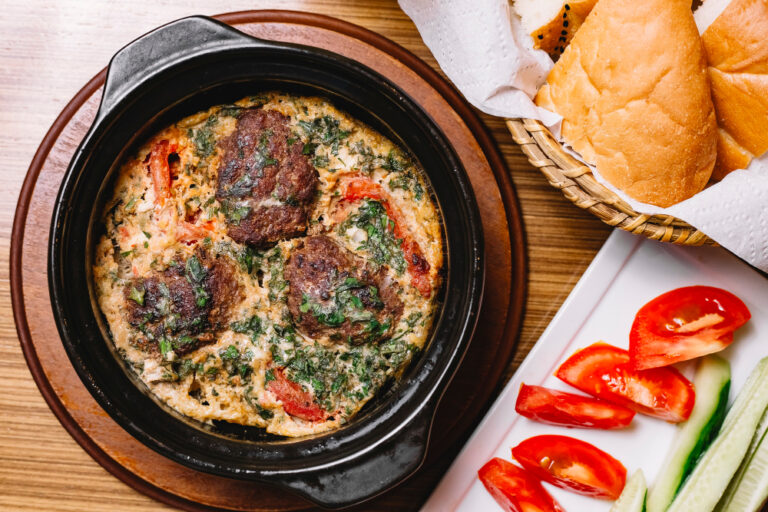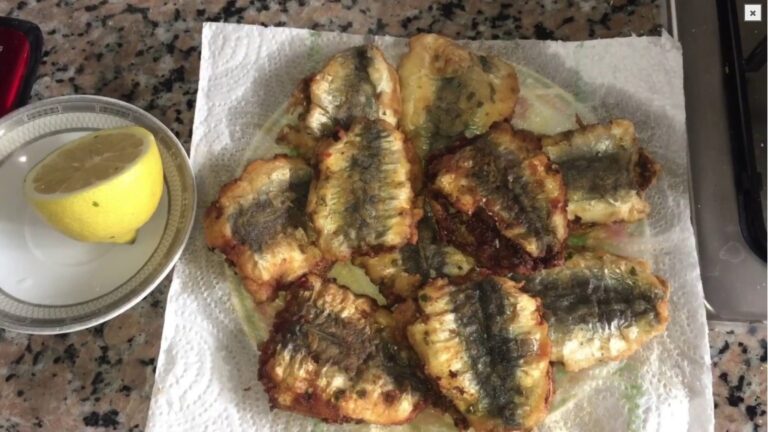
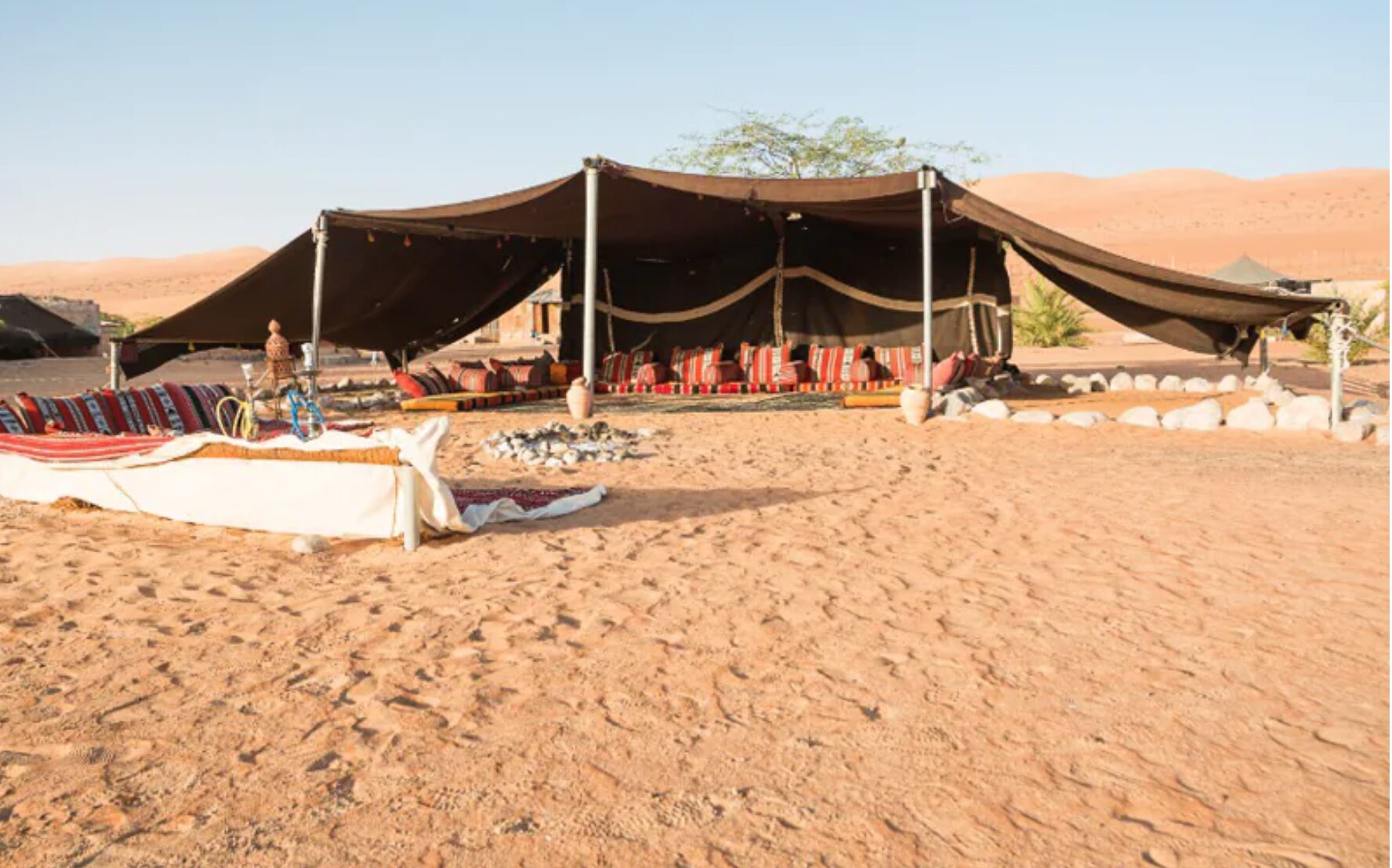
Morocco is a land of vibrant culture, timeless traditions, and stunning landscapes that stretch from the rugged Atlas Mountains to the sweeping sands of the Sahara Desert. Among its many cultural treasures, the Moroccan Lkhima: hospitality and desert heritage stands out as a symbol of community, warmth, and nomadic lifestyle.
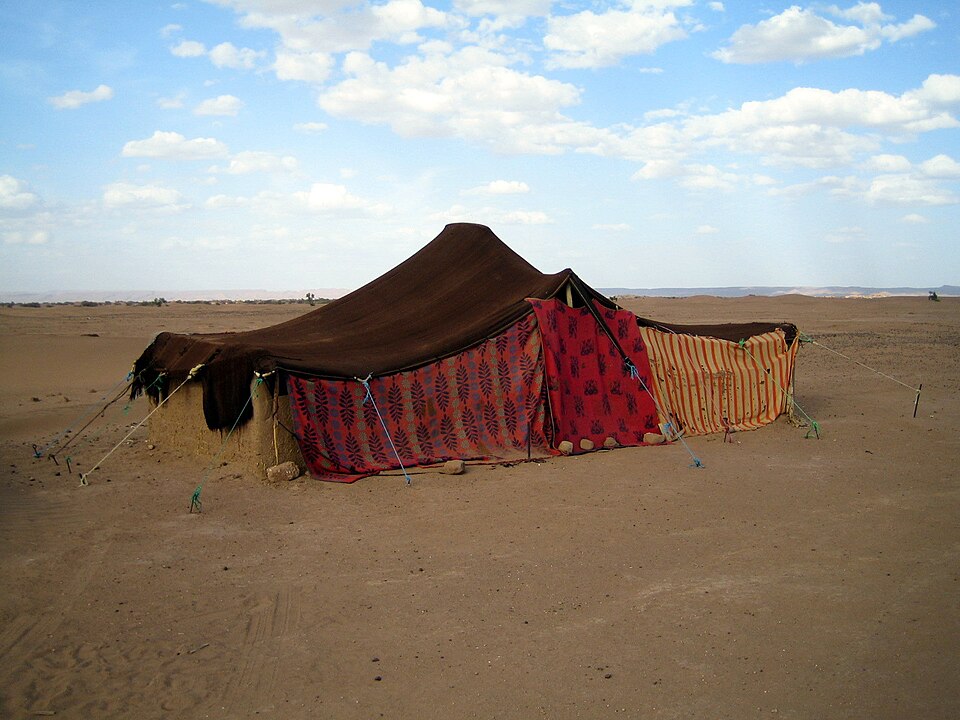
A lkhima, or traditional tent, is more than just a shelter—it is a space where families gather, travelers are welcomed, and stories are shared across generations. From the intricately woven textiles to the rituals of tea preparation, the lkhima embodies Morocco’s desert heritage and offers travelers a unique glimpse into the heart of Moroccan life.
In this guide, we’ll explore the history of the lkhima, the experiences you can enjoy as a traveler, and practical tips to fully immerse yourself in this fascinating cultural tradition.
Overview of the Moroccan Lkhima
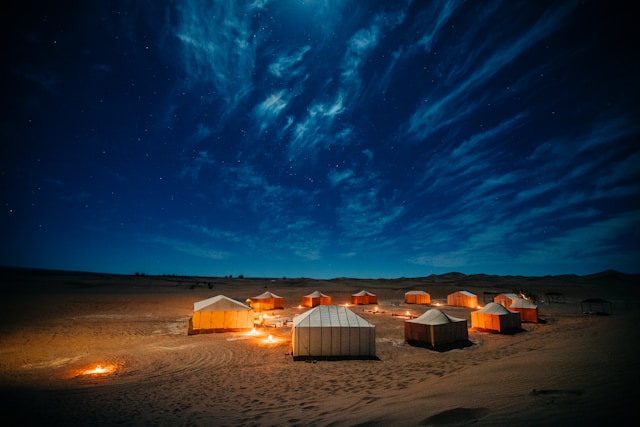
The lkhima is deeply rooted in Morocco’s nomadic and desert cultures, particularly among the Saharan and Berber communities. Traditionally made from goat or camel hair, these tents are designed to withstand the desert’s extreme temperatures—cool during the day and warm at night.
Historically, the lkhima was essential for nomadic tribes, providing shelter during long journeys across the dunes and plateaus. Over time, it evolved into a cultural symbol of Moroccan hospitality, where guests are welcomed with tea, food, and storytelling. Today, lkhimas are not only used by nomads but also recreated in desert camps for tourists seeking an authentic Moroccan experience.
The Moroccan lkhima is also significant for its cultural and spiritual aspects. Gatherings inside the tent often include traditional music, poetry, and rituals, reflecting a lifestyle that values connection, community, and respect for nature.
Must-See Lkhima Experiences for Travelers

Exploring a Moroccan lkhima is a truly immersive experience. Here are some must-see attractions and activities:
Desert Camps and Nomadic Experiences
Travelers can find desert camps near Merzouga and Erg Chebbi that offer overnight stays in authentic lkhimas. These experiences often include camel treks, sand dune adventures, and evenings around a fire with local music.
– Learn more about Merzouga, the gateway to the Sahara Desert.
Traditional Tea Ceremonies
A central element of lkhima hospitality is the Moroccan tea ceremony. Guests are welcomed with mint tea poured from ornate silver teapots. This ritual is more than refreshment; it represents respect, friendship, and generosity, offering travelers insight into Moroccan social customs.
Storytelling and Music
Inside the lkhima, evenings are often filled with Gnawa music, Berber poetry, and stories of desert life. Travelers can listen to tales passed down through generations, creating a connection to Morocco’s nomadic heritage.
Cultural Workshops
Some desert camps also offer workshops on traditional crafts, weaving, and cooking, allowing visitors to learn directly from artisans. These hands-on experiences provide a deeper understanding of Moroccan desert culture and the lkhima’s role in everyday life.
Travel Tips and Cultural Insights
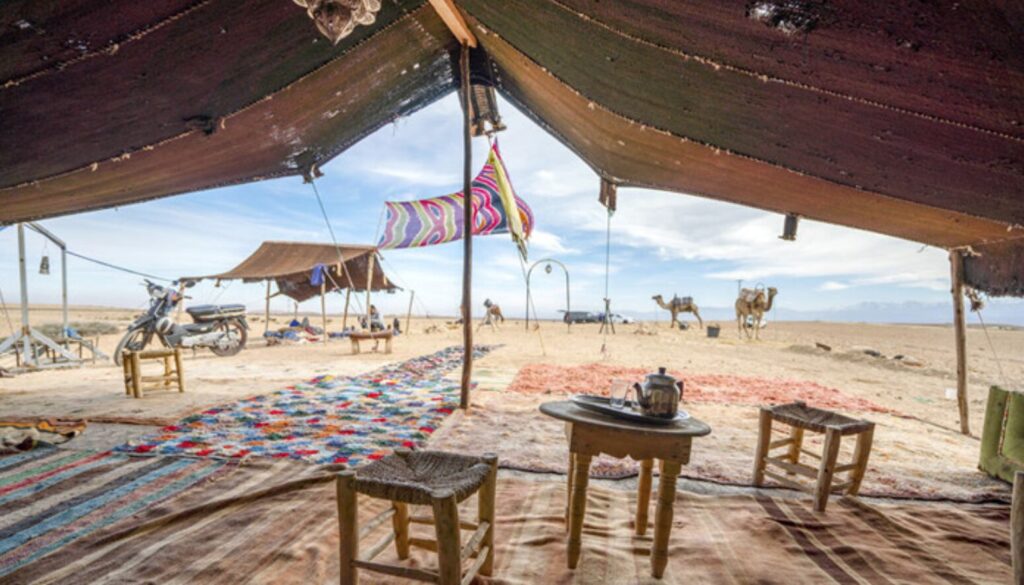
To fully appreciate the Moroccan lkhima experience, consider the following tips:
- Respect local customs: The lkhima is a space of hospitality. Always follow host guidance, ask before taking photos, and show respect for rituals.
- Dress appropriately: Loose, modest clothing works best for desert climates and cultural sensitivity.
- Stay hydrated: Desert climates can be harsh. Bring plenty of water, sunscreen, and protective hats.
- Engage with locals: Ask about the history of the lkhima, their family stories, and traditional practices—it enriches your travel experience.
- Choose authentic experiences: Look for camps or guides with strong ties to local communities to ensure your visit benefits the people preserving these traditions.
Real-World Traveler Stories
Many travelers leave Morocco inspired by their experiences inside a lkhima.
Sophia, a traveler from Germany, recalls staying in a desert camp near Merzouga. “Sitting around the fire under the stars, drinking mint tea and listening to Berber songs, I felt like I was part of a timeless tradition,” she shares.
Karim, visiting from Canada, had the chance to join a nomadic family in the Anti-Atlas Mountains. “I learned how to set up a lkhima, prepare traditional meals, and enjoy stories from elders. It was more than sightseeing—it was living a part of Moroccan heritage.”
These stories highlight how the Moroccan Lkhima: hospitality and desert heritage is not just about the physical tent, but about connection, learning, and cultural immersion.
Seasonal Insights and Travel Recommendations
The best time to experience a Moroccan lkhima depends on the region and climate:
- Spring (March–May): Pleasant temperatures make desert treks comfortable and enjoyable.
- Autumn (September–November): Cooler evenings are perfect for overnight stays in lkhimas.
- Winter (December–February): Daytime is mild, but nights can be very cold—choose well-insulated tents.
- Summer (June–August): Desert temperatures soar; early morning or late evening activities are recommended.
Pairing your visit with cultural festivals or local markets in cities like Erfoud or Ouarzazate enhances your travel experience, providing more opportunities to engage with Moroccan heritage.
FAQ About the Moroccan Lkhima
What is a Moroccan lkhima?
A lkhima is a traditional nomadic tent made from goat or camel hair. It serves as a shelter, a space for social gatherings, and a symbol of Moroccan desert heritage.
Can travelers stay in a lkhima?
Yes! Many desert camps near Merzouga, Erg Chebbi, and the Anti-Atlas Mountains offer overnight stays in authentic lkhimas, often including meals, camel rides, and cultural activities.
What makes the lkhima special?
Beyond its practical use as a shelter, the lkhima represents hospitality, community, and cultural tradition, offering insight into Morocco’s nomadic lifestyle.
Are there activities inside a lkhima?
Absolutely. Guests often enjoy tea ceremonies, storytelling, traditional music, and workshops on crafts, cooking, and desert life.
How do I experience the lkhima respectfully?
Respect local customs, follow host guidance, dress modestly, and engage with the community with curiosity and appreciation.
Conclusion
From the golden sands of the Sahara to the rugged Atlas foothills, the Moroccan Lkhima: hospitality and desert heritage offers travelers a truly immersive cultural experience. More than a tent, it is a space where history, tradition, and human connection come alive.
As you plan your Moroccan adventure, don’t miss the chance to step inside a lkhima, sip mint tea with locals, and listen to stories of desert life. Whether in Merzouga, the Anti-Atlas, or other regions, the lkhima connects you with Morocco’s nomadic roots and timeless hospitality.
– Ready to explore Morocco’s desert heritage? Pack your bags, embrace the adventure, and let the Moroccan lkhima welcome you into a world of tradition and warmth.

